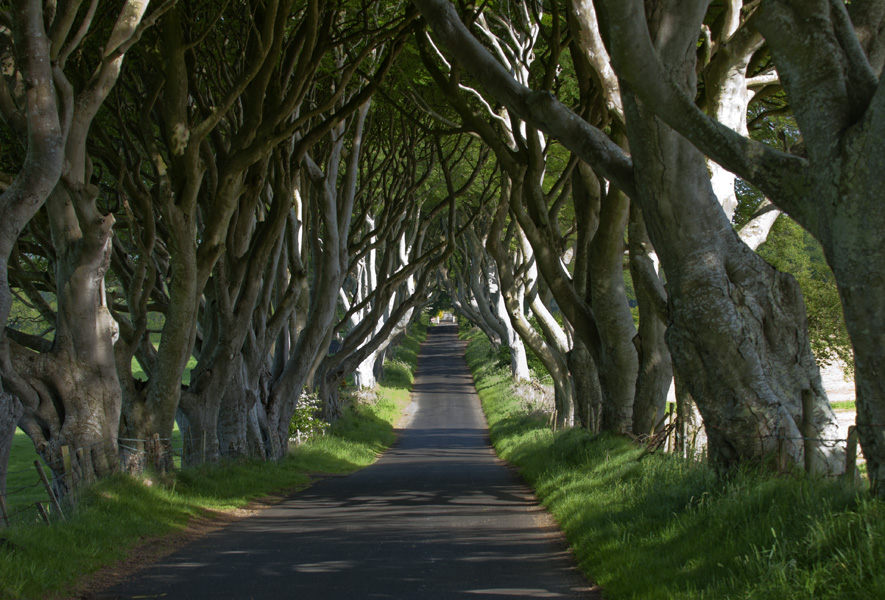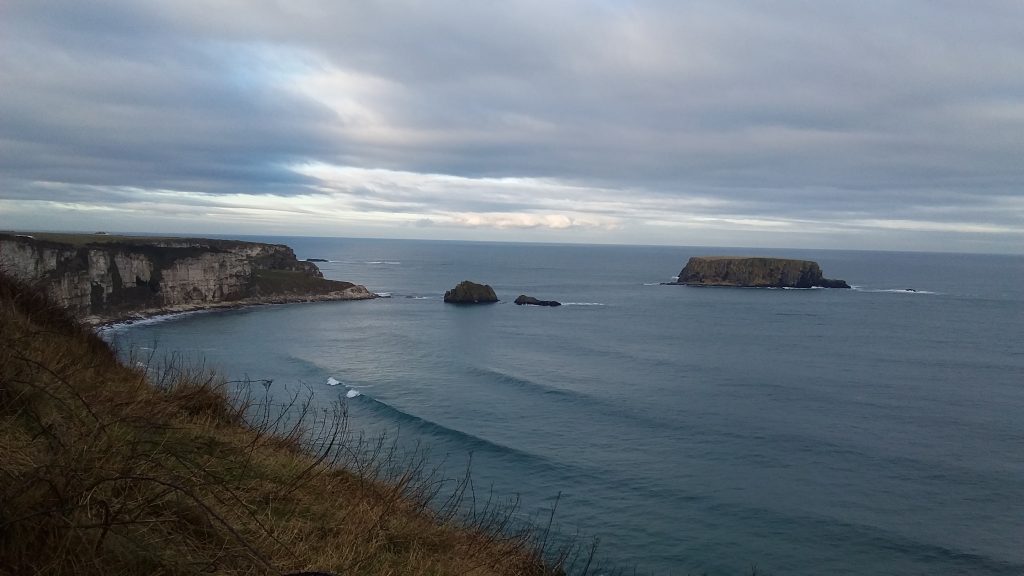Northern Ireland
Northern Ireland is a fascinating place partly due to its recent history but it is also home to some of the most stunning landscapes in the Island of Ireland. For this reason a Northern Ireland tour had to be on the list of things to do.
History
Northern Ireland is a place with a dark history, yet it is also now a young and vibrant region. The North as it is presently came about in 1921 due to internal rebellion within Ireland. Much of the island wanted independence from England. When the republic was created and the borders drawn up, Northern Ireland was an area with a majority preferring to stay part of the United Kingdom. Both stances were catered to, Northern Ireland remained a part of the UK and the Republic of Ireland gained the independence they sought.
This was far from the end of the problems for Northern Ireland. It was merely the beginning of internal tensions between Protestants and Catholics that led to bombings, murders and inconceivable violence. After decades of violence, peace was achieved in 1998. The ceasefire came about as a result of numerous talks between the two warring factions along with input from both Ireland and England. Like all countries around the world, this does not mean all problems are eradicated. However, the largest problem of armed conflict between the Unionist and Republican factions, which led to the English army being sent to the north is no more. The army, the violence and the persecution is gone.
There is no border control, no passport checks, nothing to indicate that the North and South are separate. One difference is of course the currency. In the North, you will need Pounds, while in the Republic you use Euros. The other difference noted by visitors is the road signs. In the Republic, signs are in English and Irish while signs in the north are in English only.
Northern Ireland bares only scars of its past and is now an exciting location for visitors. There is so much to see and do – prepare to trace the footsteps of mythological giants on the Giant’s Causeway, crossing the Carrick-a-Rede Rope Bridge, enjoying Irish hospitality at the many restaurants and pubs, seeing the birthplace of the Titanic and much more.
The countryside is just as green as its southern counterpart and stately homes dot the green hillsides. There are no close neighbours, each home has a large expanse of land of its own. Fluffy white sheep may be found grazing on the green grass. Neat hedges separate one field from the other. Many fields are simply green grass which is the top usage of Ireland’s agricultural land. Approximately 80% is used just for grass production such as silage, hay and pasture, 11% is dedicated to grazing and 9% is for crop production such as wheat, barley and oats.
It’s a largely flat but intriguing landscape with mountains visible on the horizon. Churches are a common sight, their steeples being the first thing you spot in the distance. Winter is felt as the temperature drops the further north you go. Brown and yellow leaves litter the ground beneath trees like skirts. Together they make the colours of the wintry landscape – browns, yellows and the deep green Ireland is so well known for.
Dark Hedges
A stop along the way to the coast that has been used in the television show, Game of Thrones, is a road lined with striking 200 year old beech trees. The life of a beech tree is around 200 years, as such these trees are now at the end of their lives, yet you could not tell by looking at them. Together, they are known as the Dark Hedges.
They were planted in the eighteenth century by the Stuart family, who owned a large mansion close by. The trees were intended as a feature that would gain the attention of visitors as they approached the mansion, known as Gracehill House. The stately home remains and is now part of a golf course.
I did not see them filled with leaves as they had lost their leaves for the winter but the effect is still intense. They create a mysterious atmosphere as they line the road, seemingly leaning towards each other – a natural hedge lining both sides of the road with branches that intertwine above. The trees are well known around the world and have had recent exposure through being used as a location for the Game of Thrones. The Dark Hedges double as the King’s Road in the series.
Carrick-a-Rede
When you’re not being amazed by the parts of Northern Ireland’s landscape, you come across the magnificent Atlantic Ocean, feel the breeze ruffling your hair and the cool air on your face. I am here to make my way to the island of Carrick-a-Rede along a rope bridge. Even if the rope bridge was not there, this is an exhilarating walk along the coast. You are surrounded by nature – the ocean crashing against the rocks below, the islands visible close to the shore such as Sheep Island, Rathlin and the Scottish islands further in the distance. It is difficult not to stop along the way just to capture the natural beauty. A camera lens does not do this view justice, it needs to be seen and experienced.
Getting to the Carrick-a-Rede Rope Bridge, you gather your wits, try not to look down and carefully cross the bridge which swings with each step. The rope bridge was originally built by fishermen in 1755. Do not worry, the rope bridge has been maintained and is an experience sought out by tourists to the area. The distance crossed is 20 metres and the bridge is 30 metres above the rocks in the water below. Birds have made their home in the crevices of the rugged edges of the island. The only way to get back to the mainland is crossing the bridge once again. You then follow the coastal path back to the parking lot. With such an enticing view, it’s hard to leave. You just need to soak it up one more time and marvel at the natural and beautiful landscape.
Giant’s Causeway
More beauty awaits visitors as they head to the Giant’s Causeway to walk in the footsteps of Irish Giant, Finn MacCool and Scottish giant, Benandonner. One part of the causeway is here on Northern Ireland’s coast and the other can be found on the coastline of Scotland. Legend has it that the causeway was built by Finn who wanted to cross the ocean to Scotland to confront Benandonner and show his dominance. Building the causeway from rocks, Finn crossed and came upon Benandonner who was much bigger than he could have imagined. He fled back to Ireland without confronting him but not before Benandonner followed him. In fright, he sought shelter in his home, hiding in the baby’s crib and feigning sleep. Benandonner saw the sleeping ‘baby’ and was intimidated as he wondered how big the father could be if the baby was this size. He retreated back to Scotland but not before destroying as much of the causeway as he could along the way.
If you prefer geology over legend, the causeway was created through intense volcanic activity. The rapidly cooling lava flow contracted and differences in the rates of cooling then caused cracks to appear in the basalt columns, creating the hexagonal shape of the rocks. They vary in colour, with the darkest rocks right on the edge being hit by the crashing waves of the ocean. The columns create natural steps which visitors can cross and marvel at the landscape around them.
The shape of the land visible from here and the sheer cliff drops are reminiscent of the edges of islands such as Santorini, which is an active volcano. The landscape here was clearly a result of volcanic activity, though mythical giants could also be the cause of this unique natural wonder. It is an amazing experience standing out on the rocks, admiring the mighty waves crashing over parts of the causeway and looking out at the natural scenery. The clouds lay low today, a fluffy curtain which drapes down to the Atlantic Ocean. It is a breath-taking experience, one that makes you want to stay for hours just taking in the view and appreciating this natural phenomenon.
Click for information on the Northern Ireland tour




